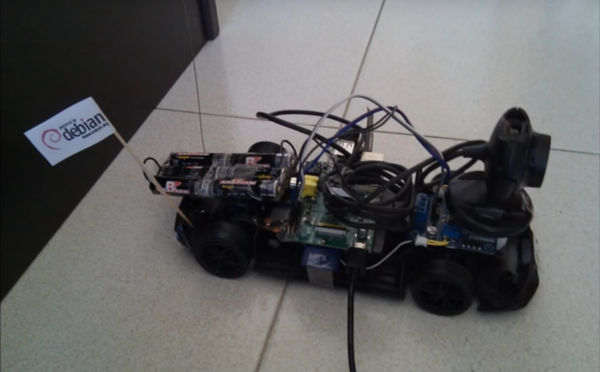

In this scenario, there are two SSH connections established between the Source and the Destination, one within the other.

Now, using an SSH client, you can SSH login into the Destination host behind NAT through the public SSH server(Source) and the reverse SSH tunnel created in step #1. The above command basically instructs the SSH server to listen for any connection on TCP port 20022 and blindly forward it to the destination host’s TCP port 22 (SSH server port). This will create a Reverse SSH Tunnel from the destination to the source. Using an SSH client, create a reverse SSH tunnel to the Source ( 202.10.135.4) from the Destination (192.168.1.1) using the following command: $ ssh -fNT -R 20022:localhost:22 You want to access a service (SSH server or HTTP web server) running in the destination host via the Souce SSH Server. You have an SSH Server (with Public IP: 202.10.135.4) and you want to access a destination host (with local IP 192.168.1.1) behind a NAT router or firewall. However, the solution has some real security challenges when it comes to business use cases, which we’ll discuss in the end. This solution is great for hobbyists, hackers, and professionals tinkering with Raspberry Pi. SSH reverse proxy tunneling is a secure method to set up remote access to your Raspberry Pi or any machine(server, laptop, PC) behind a NAT router or firewall. This is called SSH reverse proxy tunneling.

Note the direction of this second SSH connection: it starts from the public SSH server in the internet and ends at the SSH client behind NAT and firewall. You access the client machine and its private network through this SSH tunnel (larger tube). Next, from the public SSH server, you can establish a second SSH connection to the SSH client through the SSH tunnel created in the previous step (imagine a smaller tube within the larger tube). Note the direction of this first SSH connection: it starts from the SSH client behind NAT and ends at the SSH server in the public internet. When I killed the ssh process on the server for tunnel # 1 autossh did its thing and all tunnels were reconnected but I would prefer if I didn't have to do this.Let’s say you want to access an SSH client behind a NAT router or firewall from a public SSH server.įor this, you first need to create an SSH connection, also known as an SSH tunnel, from the SSH client to the SSH server (imagine a large tube connecting two endpoints). Showed that the only port still opened was for tunnel # 1 The output of sudo netstat -atp | grep ssh No firewall/iptables on the server, we use another box for thisīoth reverse tunnels (tunnels 2 and 3) stopped working. So basically with this setup I have to ssh in our server from which I can ssh into each remote devices. Tunnel 3: reverse tunnel opens a port from our server's loopback (127.0.0.1) adapter pointing to the ssh port of the raspberry pi on its loopback adapter.

Tunnel 2: reverse tunnel opens a port on our server pointing to a device on the remote network Tunnel 1: regular tunnel forwarding a local port on the raspberry pi to a server in our office Autossh running at boot connects to our server and establishes 3 ssh tunnels Raspbian on a raspberry pi (debian wheezy) And I would love to figure out what happened to prevent it ever happening again. Up to now everything was working fine but yesterday the connection partly went down and autossh wouldn't do its thing. I am using SSH tunnels launched via autossh at boot on a device installed at remote locations.


 0 kommentar(er)
0 kommentar(er)
